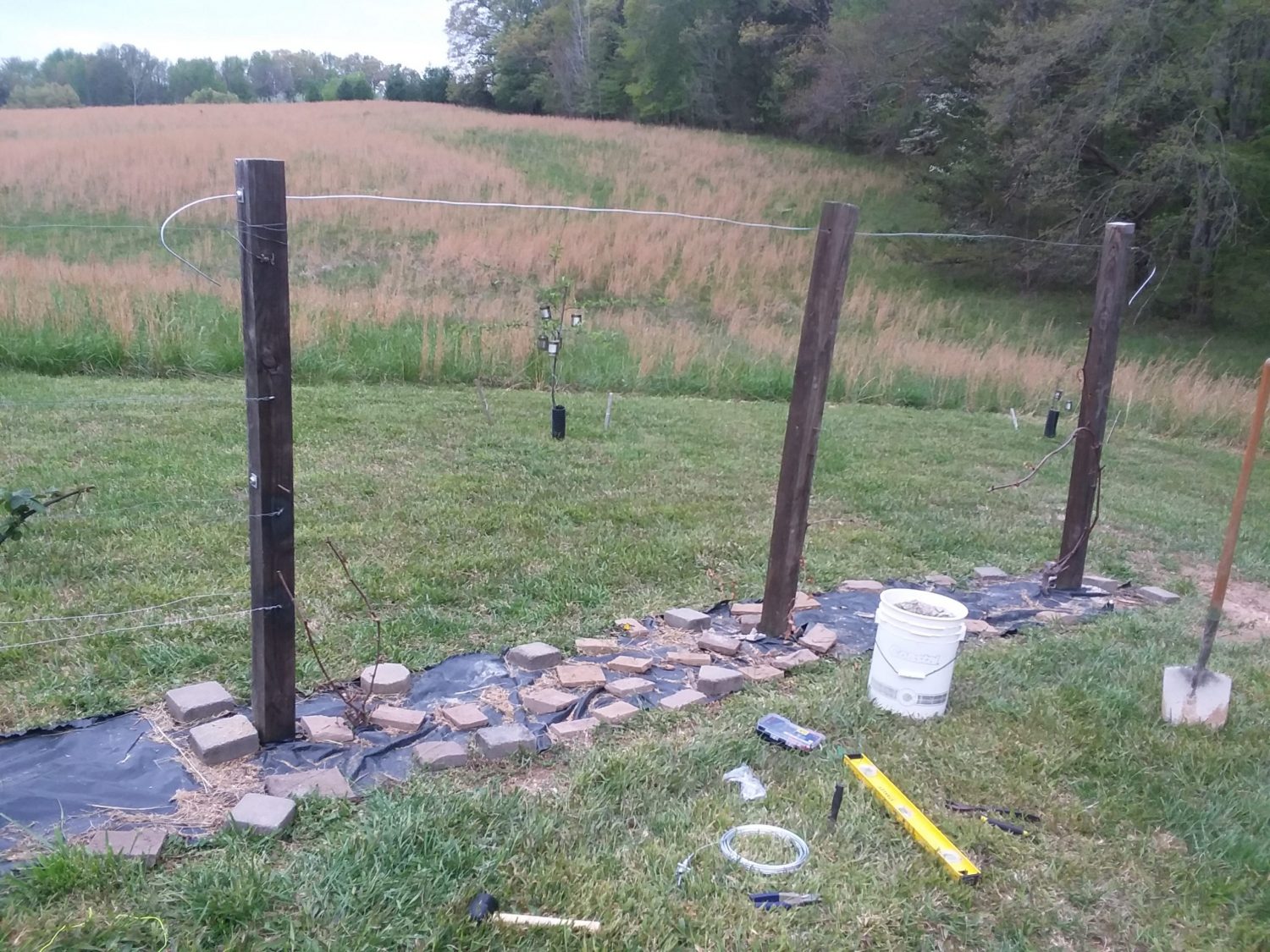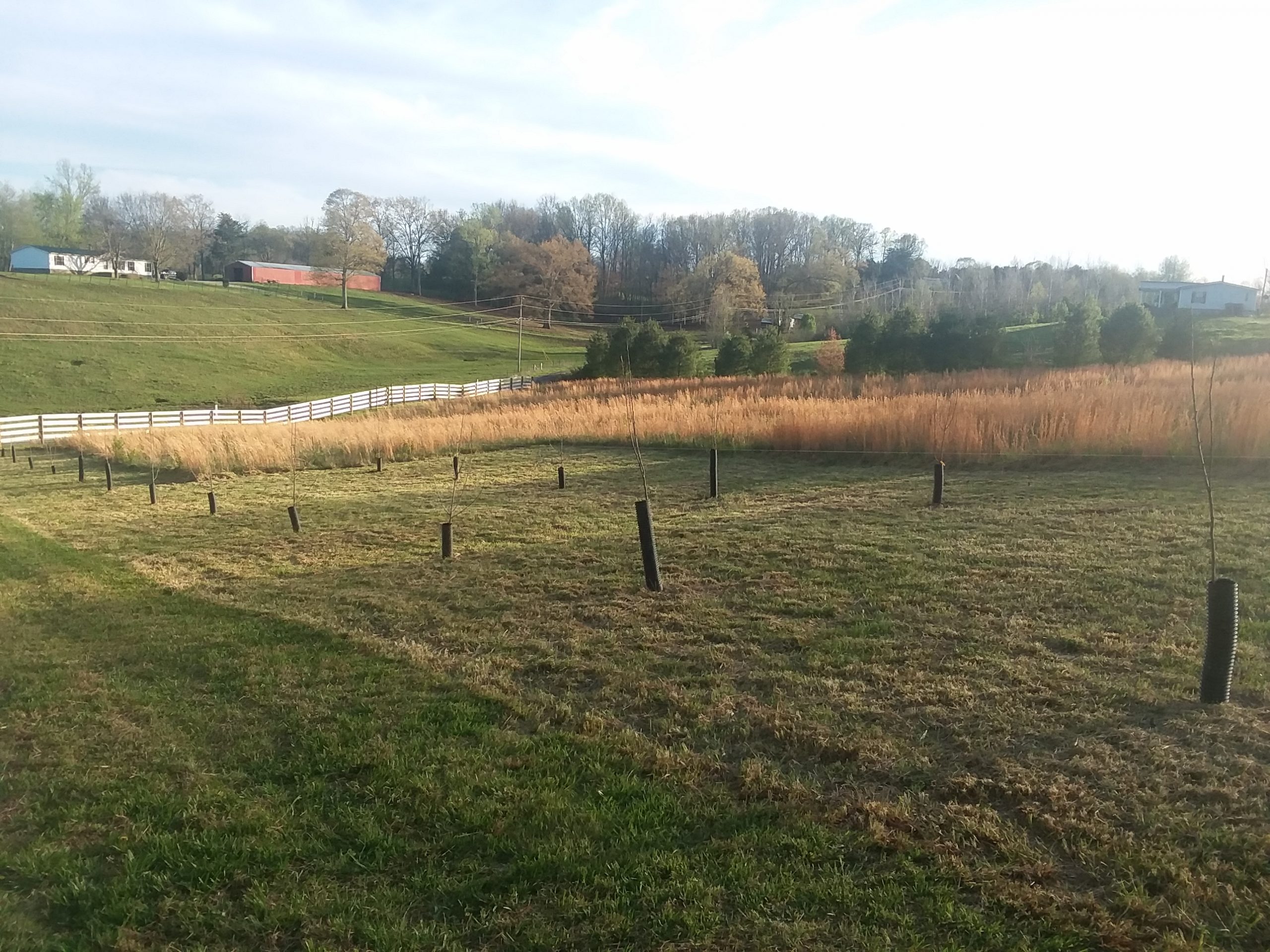Growing Strawberries
Strawberries are a very rewarding crop to grow. They are easy to plant and require minimal maintenance. Strawberries can live in shallow dirt and tolerate transplanting very well. However, a strawberry crop is an investment. You typically don’t get berries the first year. The crop usually bears the maximum yield in years three to five. After that, the patch needs to be replanted. Of course, there are always exceptions to this rule.
2017
I knew when we moved to One Lane Farm, I wanted strawberries. In 2017, I bought 25 plants from the county extension office and set those out along with about 57 plants my sister, Lisa, gave me from her patch. It was a mixture of Earliglow and Allstar varieties. The first year we didn’t get berries. It wasn’t until 2018 that we tasted our first harvest. But, they were definitely worth the wait.
2018
In 2018, we had 73 strawberries survive from the previous year. We added 100 Allstar plants, purchased from the county extension office and 139 plants from Lisa’s patch. Our patch tripled in size. I ate the first berries on May 4. I am partial to the Allstar and Earlieglow strawberries. They tend to be smaller in size but make up the difference in sweetness. These berries are beautifully red when ripe and are great for jams. My favorite is to freeze the berries on a cookie sheet and devour them when frozen, especially on a hot day. We harvested about a gallon in 2018. The location of our patch was the shadier part of our garden. It also experienced quite a bit of debris from the nearby tree line. I knew this environment may hinder the growth of the berries but decided to wait another year before making any changes.
2019
In 2019, we didn’t add any strawberries to our patch. It already measured about 100 feet, almost the length of our garden. I purchased chicken wire from TruValue to drape the berries due to extensive squirrel damage the year before. Tobacco sticks were cut in halves or thirds to use for stakes. The wire draped over the stakes and were secured with garden staples. When I picked berries, I would roll the wire back and return it afterwards. The first berries were picked on April 26. We harvested about three gallons. With as many plants as we had, our harvest should have been much larger. After this small harvest, we decided to make a change.
Present
This year, we moved our strawberry patch from one side of the garden to the opposite side. The new location receives more sunshine and it’s away from tree debris. I tilled the area several times to prepare the soil. Brent and I laid plastic down for weed control and proceeded to plant the berries in holes cut with a box cutter. Note for the future, a hand torch would make this part of the process much easier and make the holes more uniform in shape and size. A total of 186 plants were planted, 67 from Lisa’s patch and 119 from our own.
In the days afterwards, I tried to pinch off the blooms to prevent fruiting. I want the plants’ energy to be spent rooting, not spent bearing fruit. My hope is that this will make the plants stronger for the years ahead. So far, our berry plants are bigger than ever. We have seen more growth in just a few months than the rest of the years planted in the old site. We are very happy with the decision to move the patch.
A few things to remember when you plant strawberries. Location is key. Make sure the area gets plenty of sunshine and is free from tree debris. Prepare the ground well to slow the growth of competing grass and weeds. Be patient. It won’t be long before you are enjoying the sweet taste of a harvest!

















